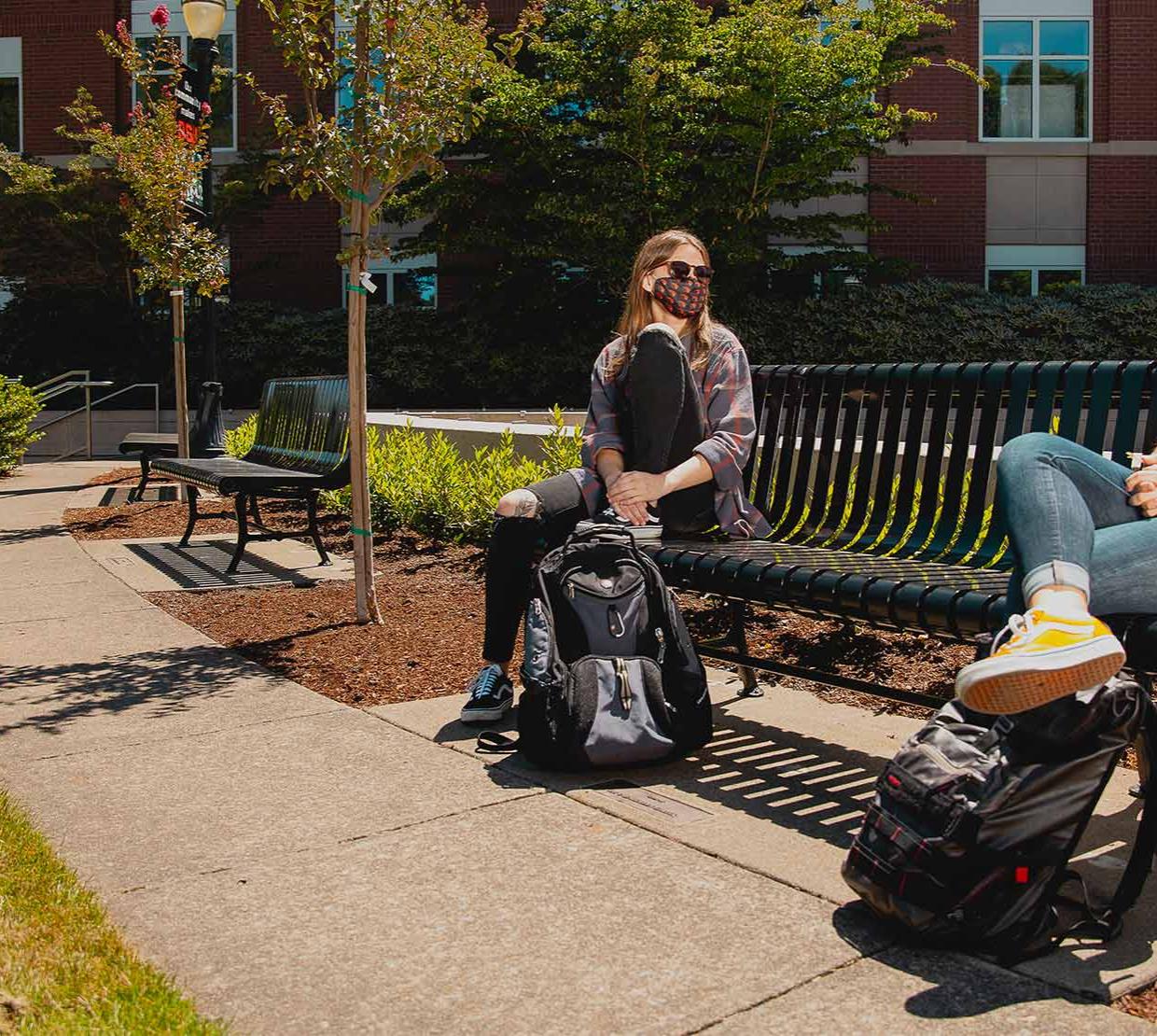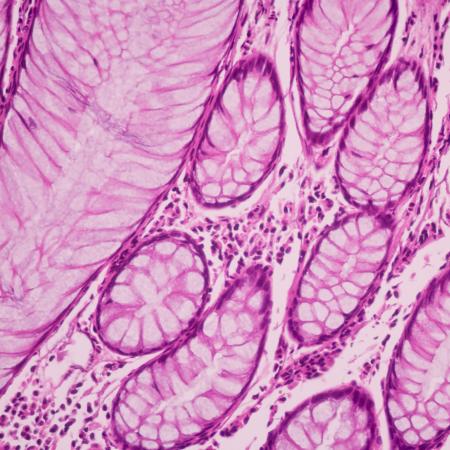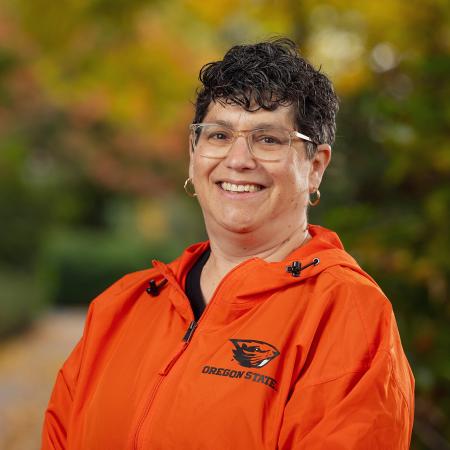Oregon State University researchers have received a $2 million grant from the David and Lucile Packard Foundation to create a national TRACE Center that will expand the OSU’s COVID-19 public health project to other states.
The center will harness the power of public health departments, universities and other institutions around the country to help measure the prevalence of the virus that causes COVID-19 by combining community surveillance sampling, wastewater analysis, viral sequence data and mathematical models of SARS-CoV-2 prevalence that OSU TRACE researchers have developed.
“In most communities across the country, it is still very hard to get reliable estimates of how many people are actually infected,” said TRACE leader Ben Dalziel, a population biologist in the OSU College of Science. “The TRACE Center will support a network of university-community partnerships that monitor local prevalence and develop new approaches for community-based COVID monitoring. We are extremely grateful to the Packard Foundation for helping us expand this work to other institutions and communities.”
Chad English, Science program officer for the Packard Foundation, said OSU’s TRACE work is different than most coronavirus testing strategies that rely on “trailing indicators” and provide more information about past infections than who is currently infected.
“The TRACE study and its approach to tracking the prevalence and spread of the coronavirus have proven invaluable to communities in Oregon," said English. “With the data and other insights that TRACE provides, public health leaders now have a powerful tool in their hands to better assess the threat of the virus and make decisions in the best interest of their community.
“We at the Packard Foundation are thrilled to support the expansion of this effort to other states and universities around the country.”
Dalziel said more than 100 research universities across the nation have the capacity to help scale up the TRACE project.
“Many universities have untapped capacity to help their states tackle the coronavirus,” he said. “The TRACE team at Oregon State University is looking for universities and public health departments interested in adapting the TRACE model to their states and their communities.”
Anyone interested in partnering on the TRACE project is encouraged to reach out to the TRACE Coordinating Center at center@trace.oregonstate.edu.
Team-based Rapid Assessment of Community-Level Coronavirus Epidemics, or TRACE-COVID-19, was launched by OSU in April with door-to-door sampling in Corvallis, home to Oregon State’s main campus, and expanded to other cities around the state while also adding a wastewater testing component.
In late September, at the start of the academic year, TRACE also started conducting prevalence testing among OSU students, faculty and staff in Corvallis, at OSU-Cascades in Bend and at the Hatfield Marine Science Center in Newport, along with wastewater analysis of effluent from university buildings for COVID-19 viral markers.
“It’s been fantastic to merge sewer surveillance of the virus with the sampling and modeling going on in TRACE,” said project co-leader Tyler Radniecki of the College of Engineering. “Now we have the ability to extend our impact well beyond Oregon’s borders, and that’s a huge opportunity and honor.”
The TRACE project began as a collaboration of five OSU colleges – Science, Agricultural Sciences, the Carlson College of Veterinary Medicine, Engineering, and Public Health and Human Sciences – plus the OSU Center for Genome Research and Biocomputing. The project has functioned in partnership with county health departments around Oregon.
“Oregon State faculty, staff and students have really come together and mobilized to take on the hard work necessary to understand and combat this pandemic,” said OSU epidemiologist Jeff Bethel, also a project co-leader. “And of course we can’t take on this kind of challenge without the kind of support we’re receiving from the Packard Foundation and our other funders.”
PacificSource Health Plans and the Oregon Health Authority have also supported the TRACE project, whose diagnostic testing component operates through a partnership between the Oregon Veterinary Diagnostic Laboratory, which is located at OSU, and Willamette Valley Toxicology.
“One of the most exciting things about this project is that it shows how a land grant university can fulfill its potential to serve communities statewide – and nationally,” said Justin Sanders, a molecular pathologist at the Carlson College of Veterinary Medicine who is overseeing testing operations at the OVDL and is a member of the TRACE leadership team. “This project brings together experts from a broad range of fields motivated to quickly fill a critical public health need, and now we get the chance to take that to the national level.”
The national partnerships and collaborations afforded by the grant from the Packard Foundation, which comes on top of the $1.15 million it contributed to help launch the project, are critical in responding to a disease as widespread and deadly as COVID-19, said Javier Nieto, dean of OSU’s College of Public Health and Human Sciences.
“This pandemic requires all of us to do everything we can to mitigate the spread and damage of COVID-19,” said Nieto, a TRACE co-leader as well as a physician and epidemiologist. “If ever a situation demanded that we pool our resources, both at OSU and around the globe, this is it.”
The data gathered and analyzed by TRACE researchers provide important guidance for local and state officials deciding which public health actions make the most sense in protecting their communities, said Katie McLaughlin, an applied statistician in OSU’s colleges of Science and Agricultural Sciences and another TRACE co-leader.
“Among its other effects, COVID-19 is generating volumes of data that need statistical interpretation so our leaders can use the information for maximum benefit,” McLaughlin said. “Thanks to all of the support we continue to receive, and thanks to Oregon State’s overarching spirit of collaboration and service, we’re able to play a key role in helping communities stay safe.”
TRACE has tested traditionally underserved and racially diverse populations, Dalziel noted, adding that outreach materials and messaging have been made available in a variety of languages.
“We want to engage communities to get folks tested who might not otherwise be getting tested and as rapidly as possible,” Dalziel said. “We seek to have our samples be truly representative of the whole community, not just a portion of the community. In partnering with communities to monitor prevalence rapidly, we are achieving something that hasn’t been done very many other places during this pandemic. We hope the value of this approach appeals to others as well.”




